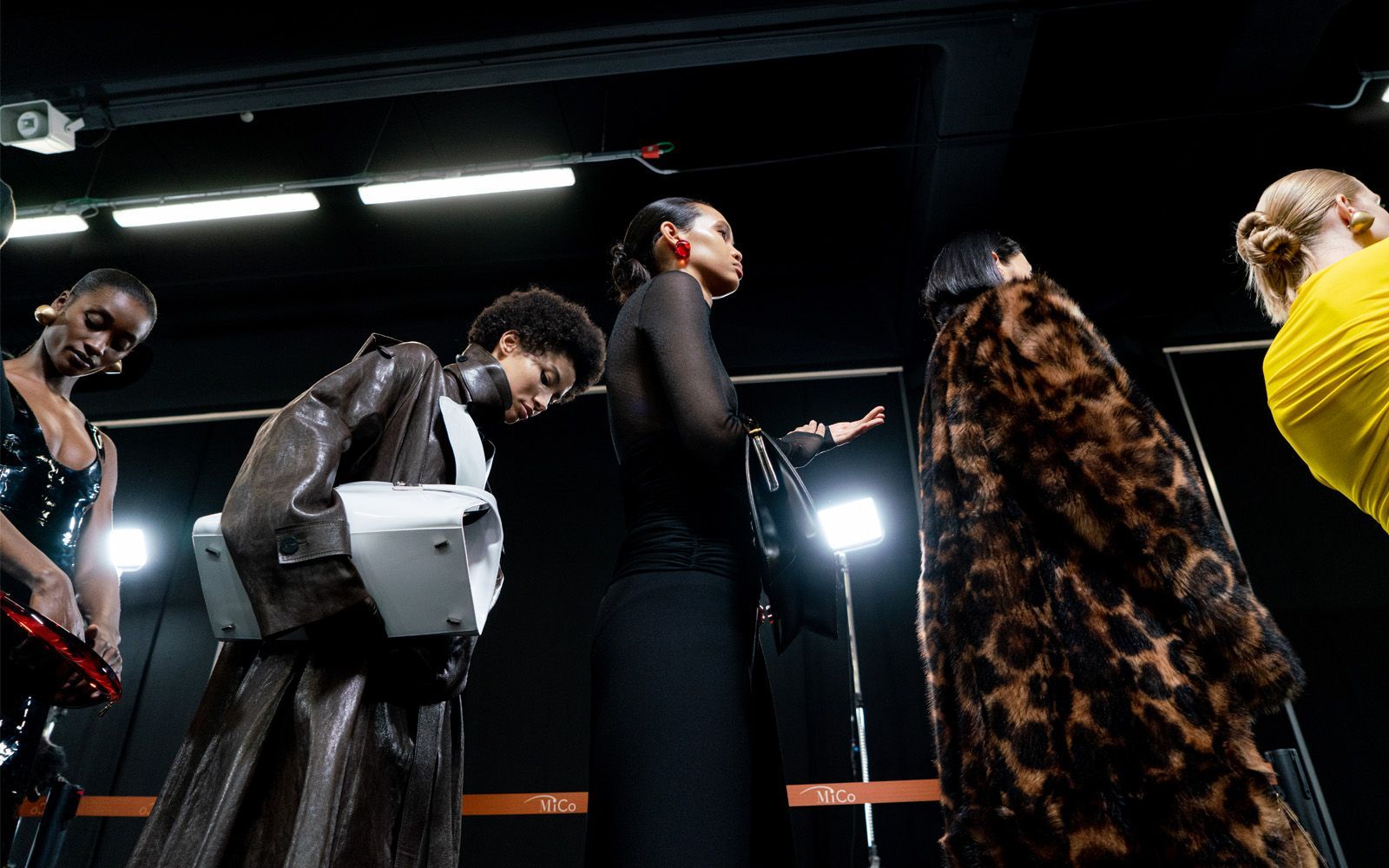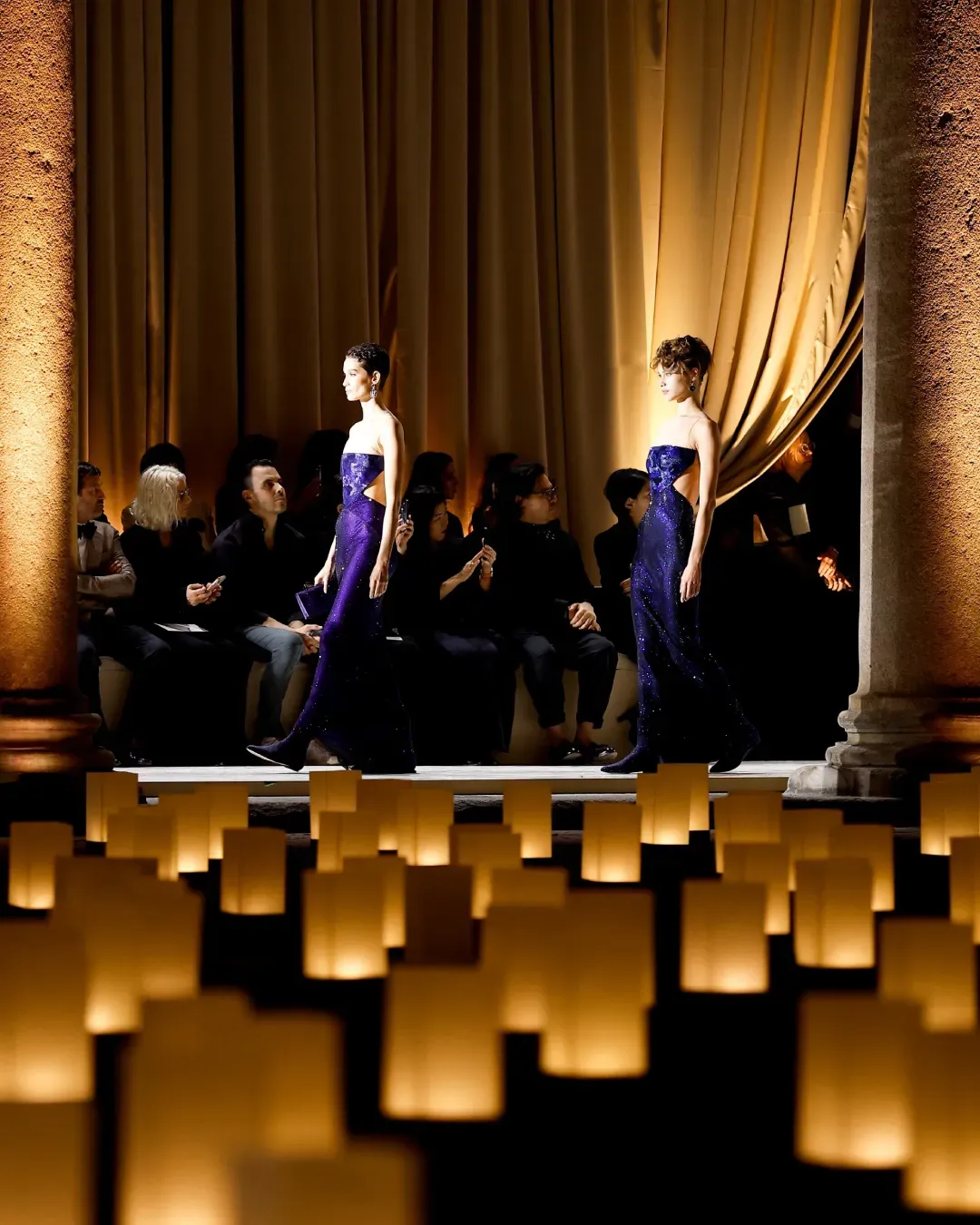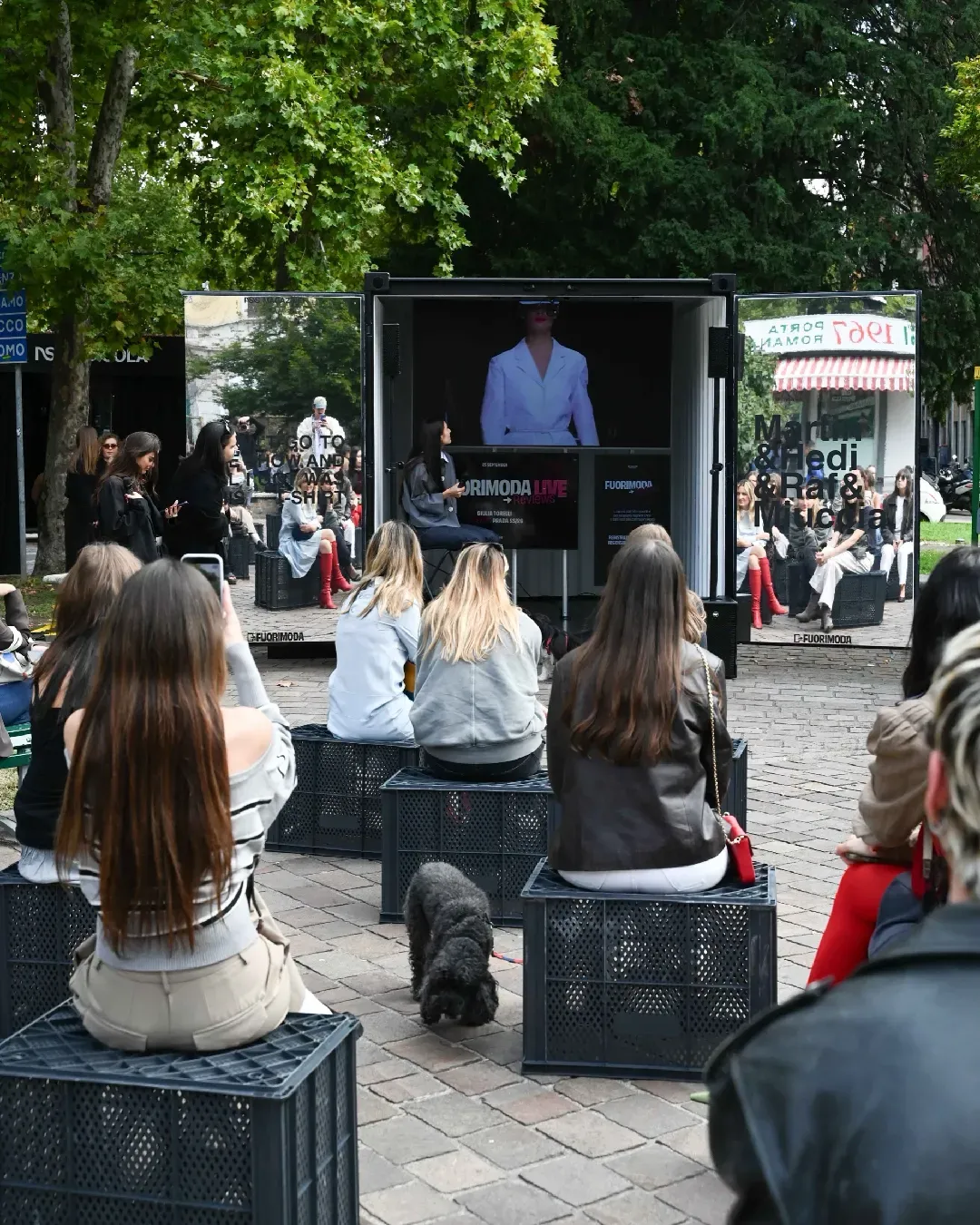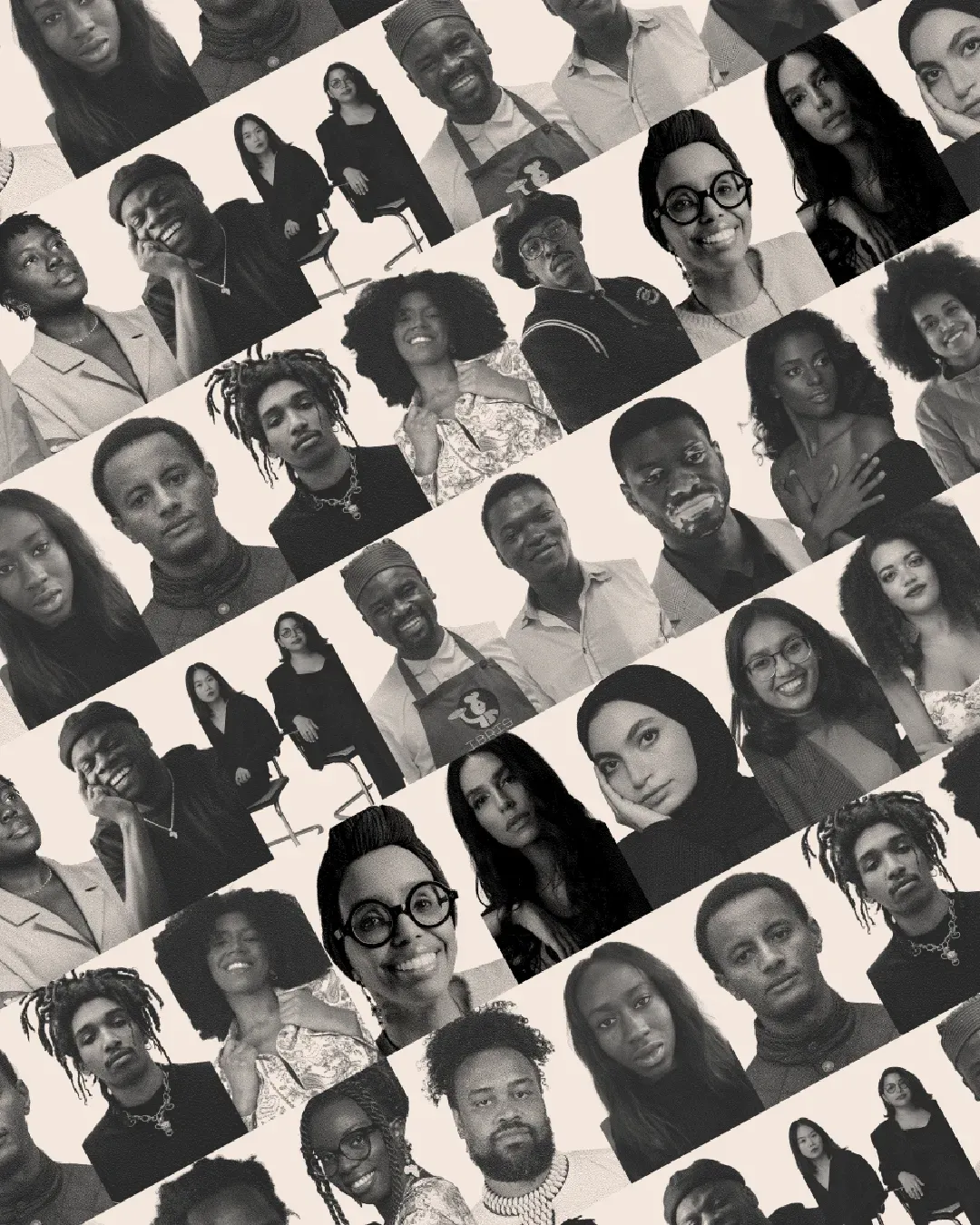
How many looks should the perfect fashion show have? The gift of synthesis is also important in fashion
On average, a runway show that is part of Fashion Week lasts about fifteen minutes, the time it takes for the designer and his team to present the work they have done in the months leading up to the show, bringing to the runway all the looks created for the occasion. But how many looks are usually presented during a fashion show? More importantly, can we say that "there are too many"? Just a few weeks ago, Matthieu Blazy enchanted Milan Fashion Week with his third show since he has been at the creative direction of Bottega Veneta by bringing a total of 81 looks to the runway, the highest number since he took the helm of the brand.
Before that, for Spring 2023 and Fall 2022, respectively, the French designer had shown 72 and 69 looks, significantly more than his predecessor Daniel Lee, who had only once exceeded sixty looks. Lee himself did not exceed 55 looks in his debut at Burberry during London Fashion Week, there where Riccardo Tisci had alternated between collections of just over 50 looks and other monstrous ones, such as his debut in September 2018 in which the Italian designer brought some 135 looks to the runway.
Some will call it an artistic vision, others kidnapping, the fact is that the discussion about the number of looks part of a show always comes back to the fore after every fashion month. In a fashion world that produces garments that very often go unsold, even synthesis can be a gift for a designer when called upon to bring his, or their, vision to life. Plural obligatory at the moment when a brand chooses to entrust Menswear and Womenswear to two different designers, who do not necessarily agree on the number of looks to be shown during their show. Maria Grazia Chiuri and Kim Jones are a perfect example of two different visions: the Roman designer has never fallen below 80 looks (except for the pandemic period), while Jones has maintained an average of about 55 looks with Dior Men.
A near-perfect average that the former Louis Vuitton also maintains with Fendi, whose Womenswear collections never exceed 60 looks, thus going hand in hand with Silvia Venturini's Menswear. The same cannot be said of Louis Vuitton, where Nicolas Ghesquière confirmed himself as the absolute champion of synthesis with about 45 looks per show in the women's collections, while in the men's collections, first Virgil Abloh and then the team that took over the reins of the brand, always alternated shows with over 100 looks with others that were decidedly more restrained, such as the debut show of Off-White™'s founder, which saw 56 looks on the runway. The pandemic period obviously had an impact on brands' approach to collections, leading designers in some cases to reduce the number of looks to show during what were often digital presentations lacking the appeal of a physical show.
Demna at Balenciaga, for example, went from 105 looks in Fall 2020 to 59 in Spring 2021, via 41 at Resort 2021. So did Pierpaolo Piccioli at Valentino's where the average of nearly 90 looks per show dropped at the time of the digital shows. At Diesel, on the other hand, Glenn Martens can boast a near-perfect average, ranging from 80 looks in the Spring 2022 season to 70 in the following one, and then rising to reach 72 in the Fall 2023 seen a short while ago in Milan. Staying in the Milanese city, Dolce&Gabbana stands as one of the brands with the highest average (135 looks in a digital show is not for everyone), while newcomers Rhuigi Villaseñor and Maximilian Davis never exceeded 47 and 68 looks respectively with Bally and Ferragamo. But can an overly verbose show really have a negative impact on critics' and buyers' perceptions?
«The key is to take care of the optimal balance between creativity and storytelling,» Manuel Marelli, head of creative and buying at MACONDO, told us. «You have to keep an eye on the volume of a collection. Deciding which items manage to represent the whole collection and summarize it in all the different aspects is central here.» The length of a show, then, does not seem to be an issue for a buyer, who rather looks for cohesion within the collection, whether short or not. What makes the difference, according to Marelli, is «the content, the essence and the garment itself,» while the volume of the collections is indicative of the concept behind it: «Collections with a lower volume of styles and items are mostly more focused and concentrated on the concept than collections with a large number of items. Ultimately, it varies based on multiple aspects. Different concepts need different volumes.» The length of a show then, as well as the number of looks featured, are the catwalk translation of the creative director's vision, free to decide whether to represent it with forty or a hundred looks. It will be up to us, in the end, to decide whether there are too many or too few.














































